Fred Grayson, president of American BookWorks Corporation, asked in 1989 if I would like to write a history of Modern Europe, a textbook that his company would produce for HarperCollins Publishers, Incorporated. The description of the book he wanted left me with no doubt about the answer to his question. I would do it.
His guidelines essentially called for my idea of the ideal text for introductory history classes full of students who did not want to be there. In my cooperative effort with American BookWorks staff members during the next three years to produce the first edition of Modern European History, their complete respect for my independence as an author and shared commitment to my obsession with writing in a down-to-earth style made the project suit me even better than I expected at the outset.
The text that American BookWorks helped me present in 1993 and improve in this second edition is a volume that should provide the most essential information for understanding the history of Modern Europe, an account of events that greatly influenced people everywhere. I designed it for use as a core text studied in conjunction with documents, monographs, and other more narrowly focused sources. Modern European History also should well serve beginning students who need a short text to help them master the contents of a longer one. Advanced students who want a review of modern European events in preparation for an upper-division course or graduate-placement examination should also find this text very beneficial.
Modern European History depicts concisely the main events of the period from the 1400s to the present, concentrating on the material common, to the leading texts in the field. This volume, therefore, is above all an outline history. It differs, however, from typical review texts in that it devotes greater attention to often neglected topics and regions. This text emphasizes more than most similar works the socioeconomic and technological history of the era during which European industry emerged and matured. The volume also focuses more on European society and culture and on Scandinavia, Iberia, and the smaller states of Europe than does the usual brief history.
This text differs in another important way from most introductory histories. Books of this kind often leave the meaning of critically important words unclear. Modern European History does not. The vocabulary and writing style should make this volume comprehensible and pleasantly readable to people with widely differing levels of verbal ability. Chapter introductions, summaries, chronologies, and the structure provided by headings and subheadings should further increase the ease with which readers can grasp and retain this information. (An additional chronological aid is the inclusion of the life-span years for many important people and the years of monarchs reigns. Also note that the text follows the current standard practice of using B.C.E . and C.E . in place of B.C. and A.D . in date references.)
In the years since publication of the original text, I have traveled much more widely and frequently in Europe than I had before 1993. I have taken many groups of students on study tours, guided friends and family members on a few vacation jaunts, and gone for several extended solitary professional visits. These experiences have convinced me that a text of this kind also can be a great travel companion in Europe.People like me who rarely sleep on long overnight flights can read and land with information in mind that should help them to learn more about and better enjoy the places they visit. The book also can serve as a handy reference throughout a trip. HarperCollins did a magnificent job of making the first edition compact, durable, and affordable. This new version should travel well too in shoulder bags or backpacks.
The first date that I can remember writing is 1944, the year the Western Allies landed on Normandy beaches. I walked alone there on a peaceful day in 1998. In the fifty-four years between these dates, Europeans have demonstrated an exceptional ability to turn from an era of horror toward peace and prosperity. The Modern European past and the people of Europe today offer much that can benefit the world of Molly, Laura, Joshua, Michaela, Roseanna, Nathaniel, Gabriela, and Jonah, my grandchildren.
With special thanks to Thomas Earl Porter, Ph.D. who reviewed the chapters and, for a second time, to Fred Grayson, in my book a model publishing professional who always knew exactly when to get in touch and what to say
John F. Barber
February 2006
European nations had advantages in power that gave them dominance over much of the world from the 1700s through the latter 1900s. By the late 1800s, the culturally related United States joined the Europeans in their structure of global control and had added special strength to it by the mid-twentieth century. In a sense, therefore, the last three hundred years have comprised the age of Modern Europe, a period when people in any part of the world might find themselves under the sway of one or more nations of European culture.
By the mid-1900s, all but two of these countries rapidly began to lose their military and political grip on the world, but cultural and economic influence diminished little, if any. The decline in power, furthermore, did not mean an end to European supremacy. The Union of Soviet Socialist Republics (USSR) and the United States continued to dominate global affairs until the 1980s, despite their own hostile relationship. In the 1990s, however, the global political and military supremacy of Europe appeared to be ending.
 EUROPE TODAY
EUROPE TODAY
Europe and Asia form a single land mass (Eurasia) that includes much of the earths dry surface and contains the majority of its people. Eurasia extends toward the west, ending in a triangle that is, often called the continent of Europe. The Ural Mountains in central Russia stretch south to north as the broad eastern base of the European triangle. The tip of Europe lies to the west in Spain and Portugal.

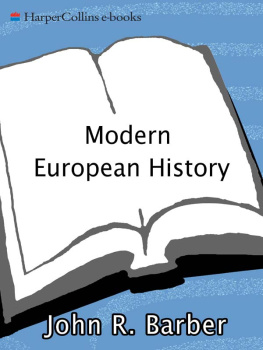
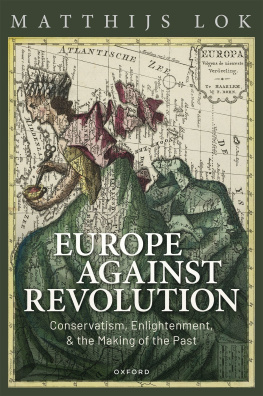

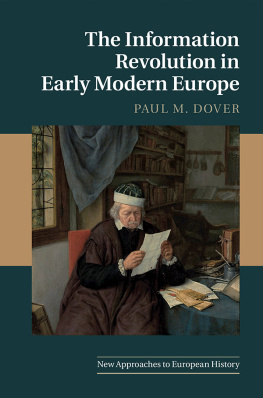
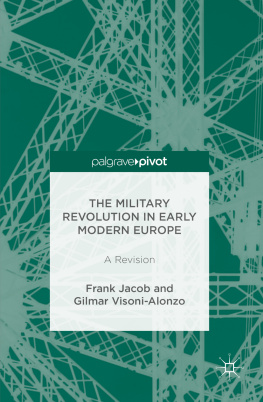
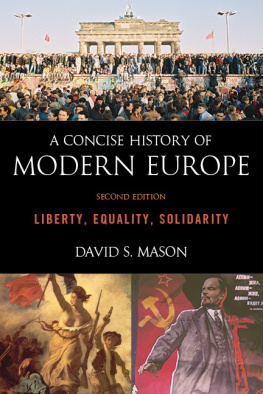
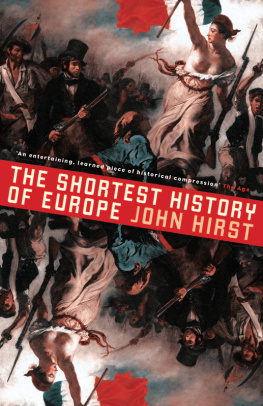
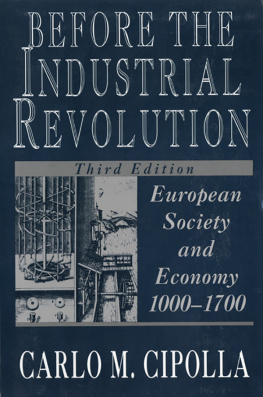
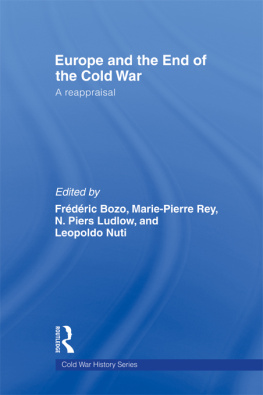


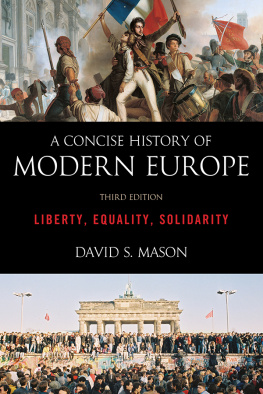

 EUROPE TODAY
EUROPE TODAY